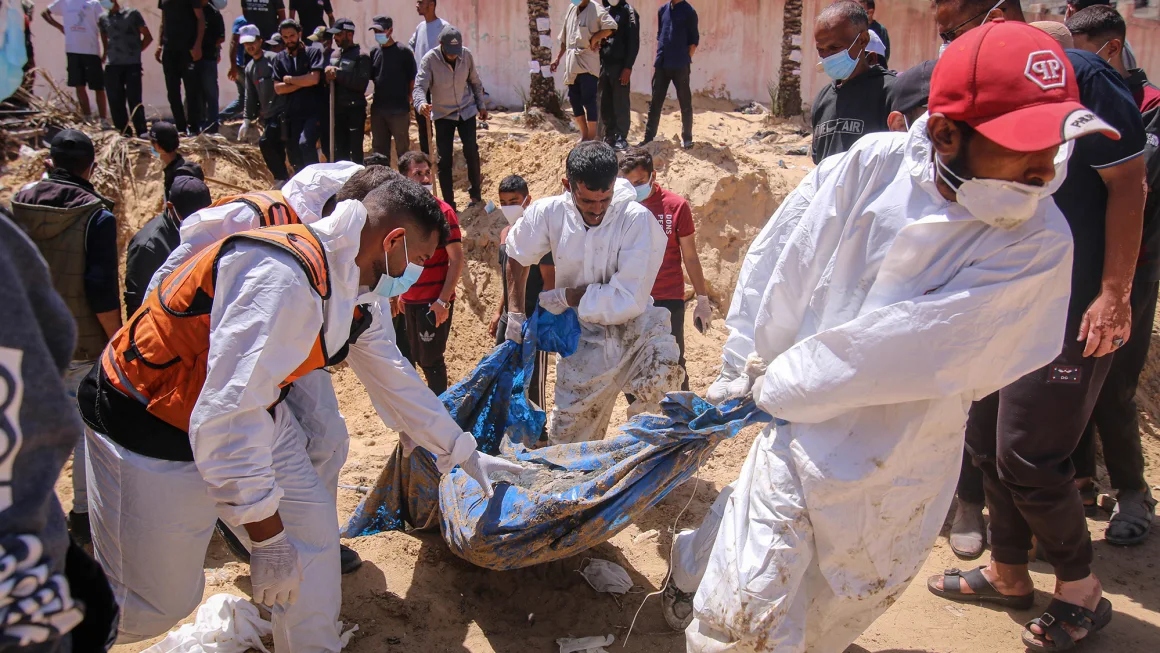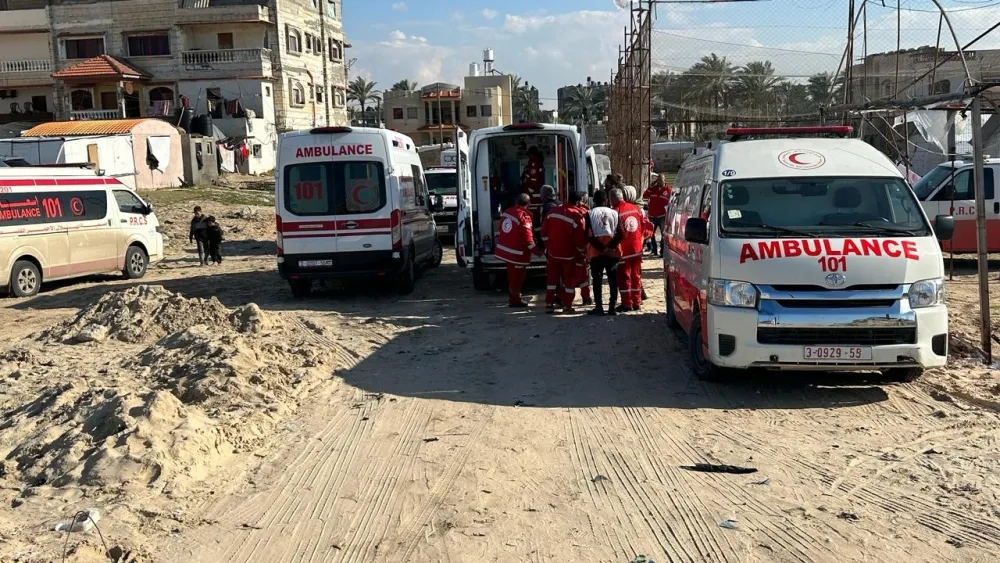Gaza's Struggle to Restore Nasser Hospital Amid Conflict
Israel’s month-long assault has severely impacted the
medical facilities in Rafah, leaving the city's three main hospitals out of
operation, as reported by the World Health Organization. A partially functional
field hospital in southern Gaza is increasingly hard to reach due to nearby
fighting. This has heightened the urgency to rehabilitate Nasser Hospital in
Khan Younis, a neighboring city where many displaced by the offensive have
fled.
Atef al-Hout, director of Nasser Hospital, revealed that
Israel recently expanded its "safe zone" in Khan Younis to include
Nasser Hospital, anticipating an influx of thousands escaping Rafah's assault.
This "humanitarian area," declared by Israel when ordering
evacuations from eastern Rafah, covers parts of al-Mawasi, Khan Younis, and
Deir al-Balah. Human rights groups have condemned these evacuation orders as
illegal and criticized the "humanitarian area" for its unsustainable
conditions.
Nasser Hospital, Gaza’s largest in the south, suffered
extensive damage and was nearly abandoned following an Israeli siege and raid
in mid-February. With only 16 of Gaza’s 36 hospitals partially functional and
over 490 healthcare workers killed, the healthcare system is in dire straits.
In late April, the Israeli military allowed the Palestinian Ministry of Health
to begin repairs at Nasser Hospital, just before the assault on Rafah commenced
on May 6. Efforts quickly focused on reopening the emergency and dialysis
departments.
By mid-May, the dialysis department was operational, critical
since Rafah’s Mohammed Yousef El-Najar hospital had been shut down due to the
invasion. The emergency department is now fully functional, and several others,
including the maternity unit, operate at limited capacity. The swift partial
reopening is crucial to handle the influx of patients from Rafah, but it only
addresses a fraction of Gaza’s vast medical needs.
Over a million people have fled Rafah, and aid to Gaza has
drastically reduced, leading to a predicted rise in deaths from starvation,
disease, and lack of medical care. The Rafah border with Egypt has been closed
since early May, stranding thousands needing urgent medical evacuation. More
than 83,000 Palestinians have been injured, and over 36,500 killed in the
ongoing conflict. With 16 hospitals only partially operational, Gaza’s
healthcare system is on the brink of collapse, as warned by Médecins Sans
Frontières (MSF).
The Nasser Hospital rehabilitation efforts highlight the
challenging environment. Israeli forces stripped and humiliated medical workers
during their raid, and extensive damage left the hospital in ruins. After
Israeli forces withdrew, staff returned to find mass graves on the hospital
grounds. Despite these challenges, repairs began with a focus on essential
departments like emergency, dialysis, radiology, and laboratories.
The destruction extended to vital equipment, such as the
hospital’s main X-ray machine and other critical devices. Engineer Hamed Sharab
struggled to find replacement parts due to the conflict. Israel’s blockade has
hindered access to necessary medical supplies, exacerbating the difficulty of
restoring services. Despite this, the hospital has managed to restart some operations
with limited resources.
Nasser Hospital’s partial reopening is a testament to the
resilience of Gaza’s healthcare workers. However, full restoration requires
lifting the blockade and ceasing military operations to allow the import of
essential medical supplies. Without these changes, achieving complete
functionality remains improbable amidst ongoing conflict and resource
constraints.










.jpg)